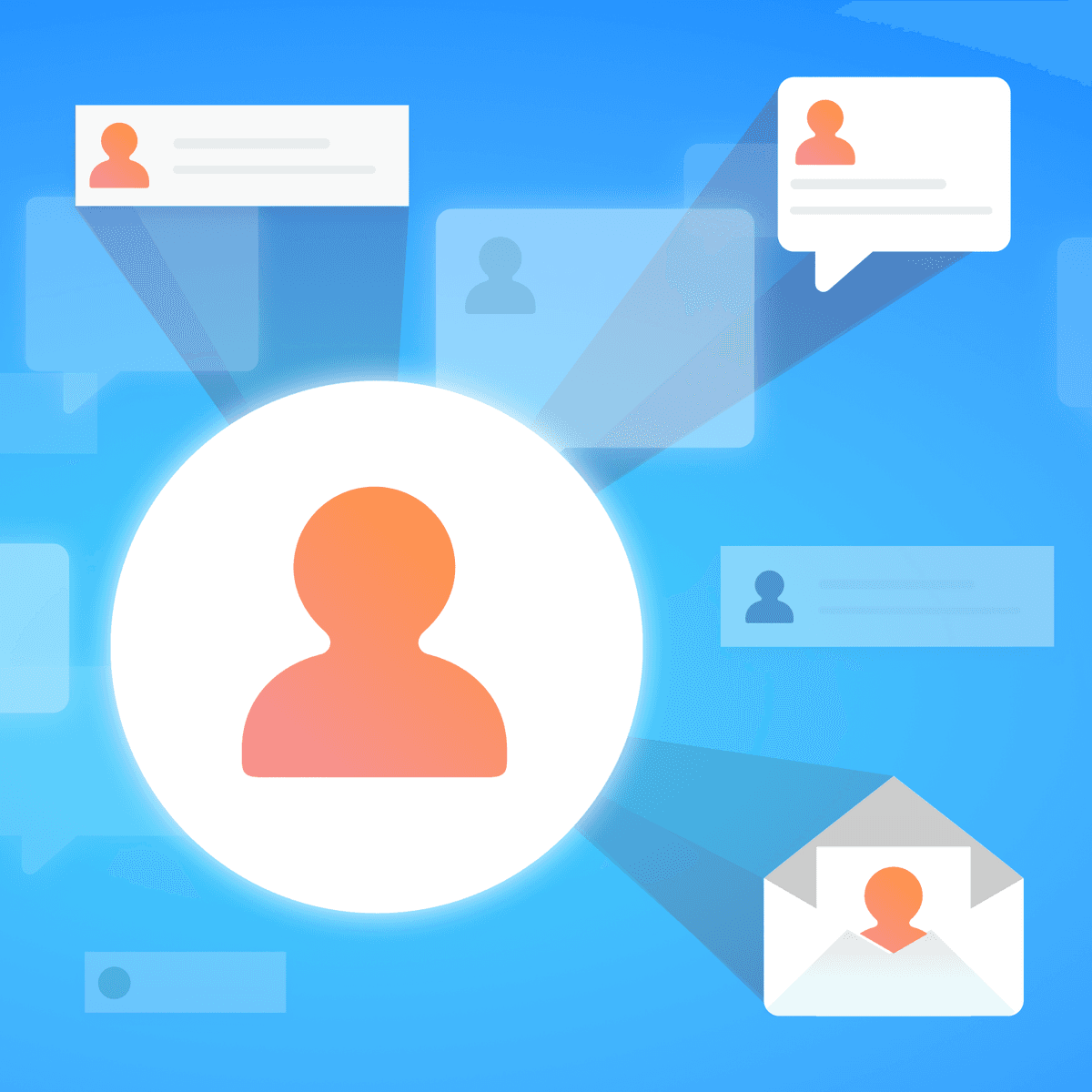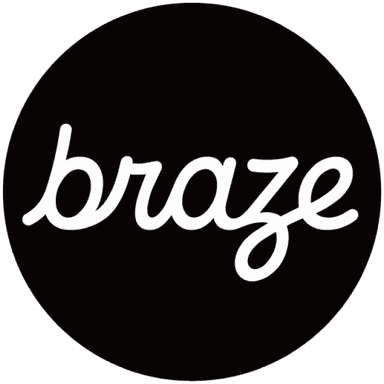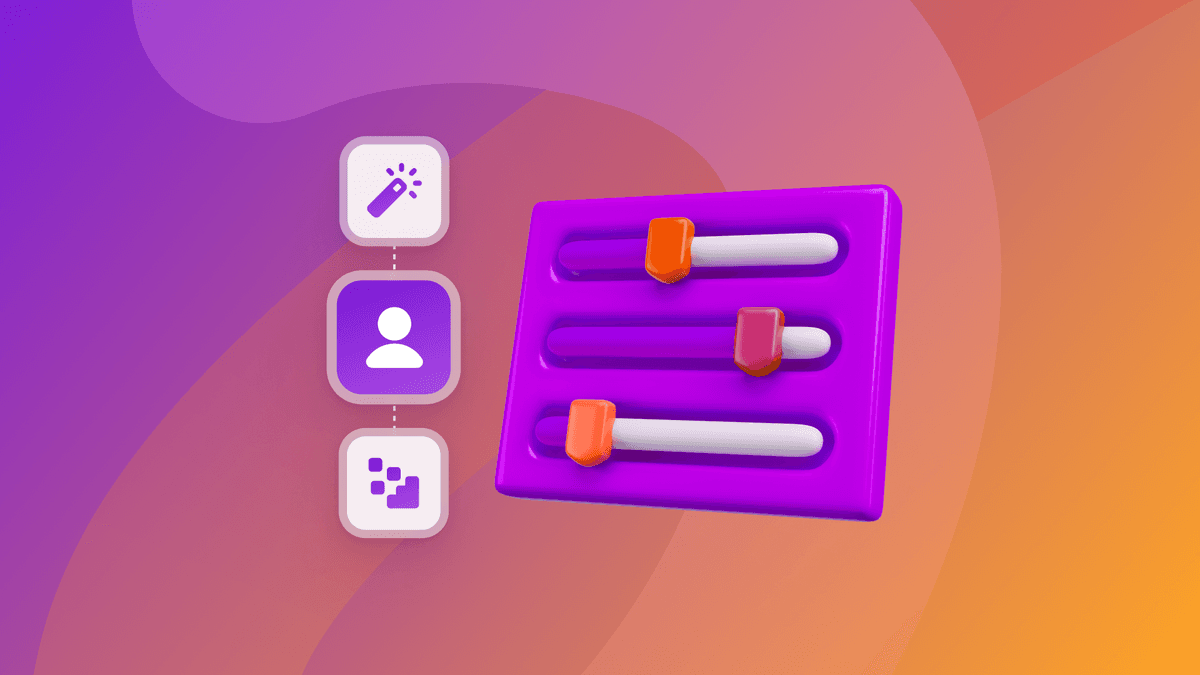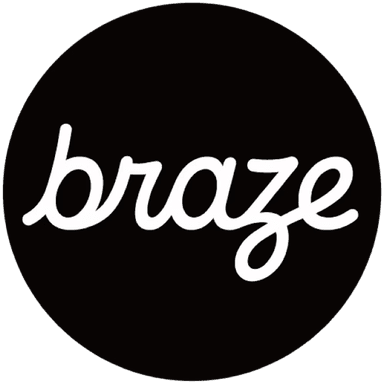Leveraging Interactive Messaging: Personalizing Experiences With Amazon Personalize, Movable Ink, and Braze
Published on January 12, 2023/Last edited on January 12, 2023/6 min read


Team Braze
The world’s most loved brands use Braze to create and deliver personalized messages that drive higher open and click-through rates and our Braze Alloys technology partners offer even more personalization capabilities for delivering dynamic content, location-based marketing, localization, language optimization, and more.
Two of these partners include AWS (which offers Amazon Personalize) and Movable Ink. At FORGE 2022, our annual customer engagement conference, we connected with leaders from these two marketing personalization solutions and the NBA to understand how brands are using these tools together with Braze to achieve stronger results.
How Brands Use Amazon Personalize, Movable Ink, and Braze to Personalize Their Customer Engagement Campaigns
Amazon Personalize leverages Amazon.com’s powerful machine-learning (ML) algorithms to empower brands to create their own custom personalized recommendations specific to each user’s needs, preferences, and behaviors. These can be integrated into brand’s websites, apps, SMS, and email marketing channels to drive engagement and conversions.
“Customers make different buying decisions, different actions, based on the device, based on time of day, based on their location, and so [Amazon] Personalize is able to take interactions, data and consider that type of context in the recommendations to supercharge recommendations and take them to the next level,” explained Dan Foley, Senior Technical Product Manager, Amazon Web Services (AWS).
With Braze plus Amazon Personalize, brands can:
- Personalize individual users’ web homepages and app home screens with product recommendations that update based on their unique customer engagement and shopping history
- Fuel product discovery and make it easier for shoppers to find promotions, deals, and new items
- Showcase even more relevant product recommendations in app or online
- Personalize content recommendations tailored to individuals’ unique interests and tastes
Movable Ink’s platform is built to help marketers create personalized visual experiences. Movable Ink takes multiple sources of data—wherever it lives—and pairs it with the platform’s internal contextual data, such as time of engagement, location, and device, to deliver personalized content that is unique for every single customer across a brand’s subscriber list, ensuring every individual recipient receives the right content at the right time to help brands increase conversions, revenue, and engagement rates.
“The business challenge that we face every day with our clients is really that they want to do personalization. They have all this data. Sometimes it lives in 10 different places, maybe 20, and they just can’t activate it. It’s hard to create all of these personalized variations for every single person. It takes a lot of work, so content becomes a bottleneck for them, so that’s the exact problem that we tackle and solve for them,” said Thu-Trang Ho, Director, Client Experience at Movable Ink.
With Braze plus Movable Ink, brands can create and deliver personalized email, push notifications, and in-app messages based on:
- User information
- Real-time contextual cues
- Weather
- Time and device
- Mobile app activity, such as browsing and transaction histories
The Impact of Personalization for Top Brands
“As a consumer now, you have so many choices on how to consume media or commerce or even social networks…and so you just get inundated by messages and different ways to interact. And then, as a brand, on the other end, you’re just trying to figure out how to break through that noise, and so personalization is one way to do that,” said Minesh Lad, SVP, Growth and Media, NBA. “At the NBA, one of the things we track is a metric called top-of-mind awareness, and that’s actually something we look at over time across a few different funnels to understand where we stack in terms of consumer choice. And we’ve seen once we do personalization, we move up the rank.”
Dan cited Warner Bros. Discovery as an example of a brand that’s taken advantage of Amazon Personalize’s capabilities to customize their marketing, allowing them to drive a 2-3X increase in response rate to personalized messaging when compared to simply serving the most popular content. Similarly, he shared that German football association Bundesliga delivered a 67% increase in articles consumed in their app when using Amazon Personalize and that European fashion brand Marc O’Polo saw a 56% increase in purchases from personalized email campaigns.
Not only does personalization impact top line and bottom line revenue and growth, but it also helps users find the products and services they want, Dan noted.
Personalization Tools, Tactics, and Recommendations
Here are the key tips Thu-Trang, Minesh, and Dan shared for ensuring an effective personalization strategy with their brands.
1. Get to know your customers.
“For me, it starts with the fundamentals around understanding your customer from a qualitative standpoint—their wants, their needs, those types of things—and really understanding your metrics around retention, engagement,” said Minesh. “And then from there, you can formulate your campaigns and understand the real impact and where the levers are.”
2. Determine what behaviors or outcomes you’re looking to drive.
“The trap I’ve seen people fall into is you start making a lot of nuanced campaigns that at the end of the day don’t really move the needle,” said Minesh.
First, start with thinking about the results—not just a particular metric, but the north star—that you’re trying to deliver.
“That helps everyone focus on what needs to happen versus going off into use cases that might be cool or unique, but at the end of the day don’t really move the business,” he added.
3. Get your data house in order.
Figure out what data you have available—and what data you’re missing—and where that data lives.
“Taking stock and an inventory of what is available today and what may not be available really helps you identify what those short-term versus longer-term opportunities are,” explained Thu-Trang. “That sets you up for success because then you’re able to think longer term and really phase out how you’re going to approach implementing personalization.”
Make sure you have the tools in place to measure the outcomes you’re looking to drive, and use A/B testing to iterate and optimize your personalization campaigns as you move forward.
4. Prioritize user segmentation
Make sure that the right campaigns get sent to the right people by creating relevant user segments based on key lifecycle stages, customer behaviors, and preferences.
Ready to optimize your customer journeys using advanced personalization? Check out our Modern Campaign Orchestration guide for all the details.
Related Tags
Be Absolutely Engaging.™
Sign up for regular updates from Braze.
Related Content
View the Blog
How behavioral marketing turns data into personalized experiences

Team Braze

Enterprise generative AI: Transforming data, decisions, and customer experiences

Team Braze

Omnichannel personalization: Delivering consistent, connected customer experiences
